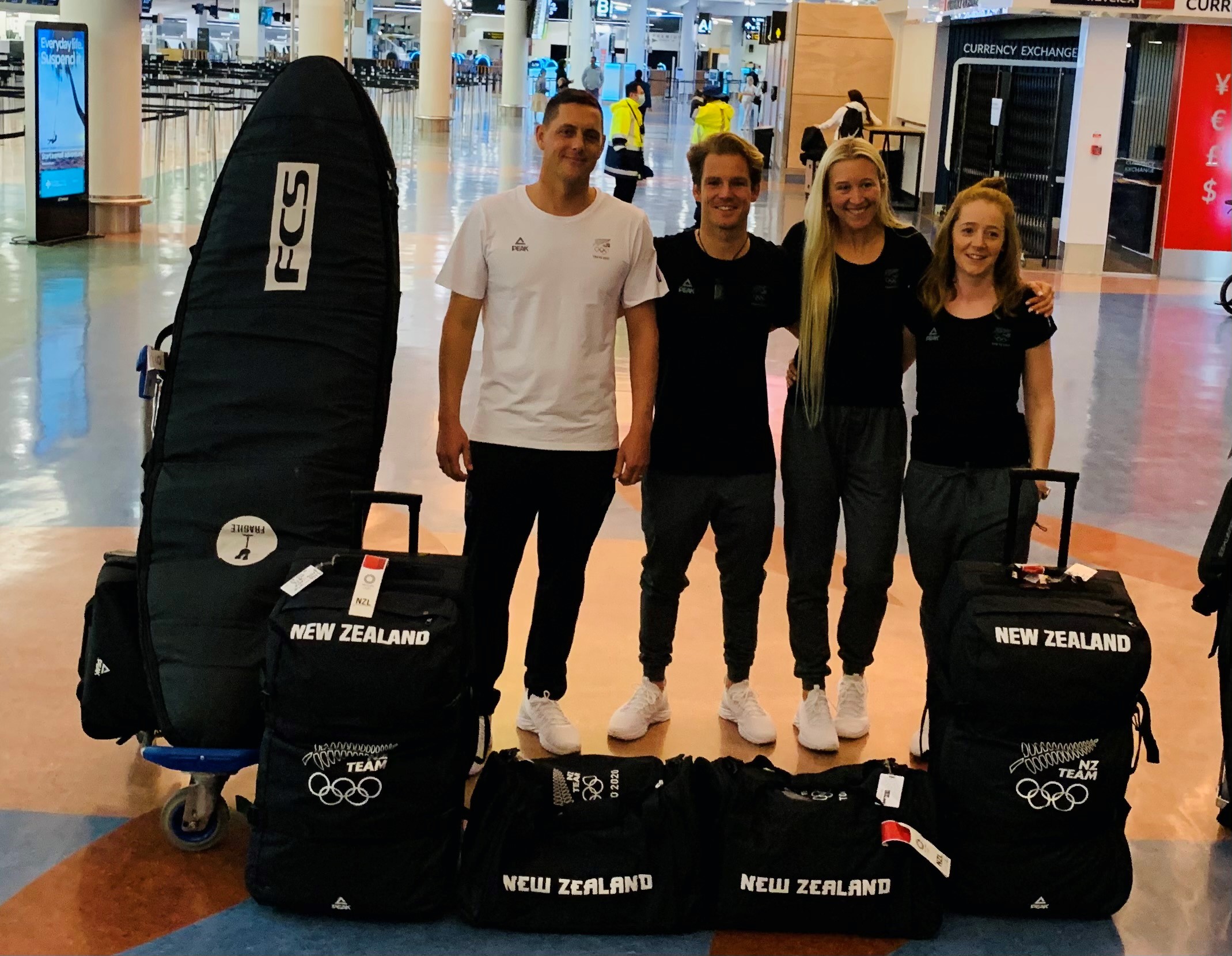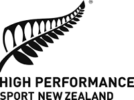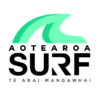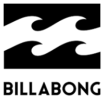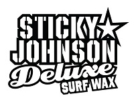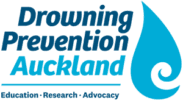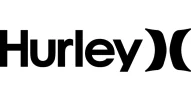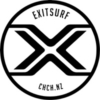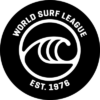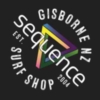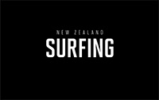It was 1920 when three-time Olympic swimming champion Duke Kahanamuku first advocated that surfing be added to the Olympic Games. The legendary Hawaiian surfer is regarded as the father of surfing and travelled the world not only competing in swimming meets but showcasing his love of surfing at the same time.
The Duke introduced surfing to New Zealand in 1915 when he toured Aotearoa showing members of surf life saving clubs how to ride a board in the waves.
It wouldn’t be until September 2016 when, after several unsuccessful attempts, it was announced that, for Tokyo 2020, surfing would officially be added to the Olympic programme along with four other sports. The Dukes dream had finally come true.
Being included in the Olympic family finally gives the sport a sense of legitimacy and the ability to thrive. First and foremost, our athletes get the chance to compete for gold at the world’s biggest sporting event and amongst the mega stars of this world. The Olympic pathway also garners respect for the sport from the general public. Hence, we are seeing surfing teams pop up in schools nationwide, not just the coastal hot spots. And those schools are now acknowledging the performances of their students. Thirdly the profile of the sport is lifted in the media and within funding agencies. New opportunities like investment from Olympic Solidarity Funding has seen three years of investment in New Zealand surfers, coaches and initiatives. Finally, with the increased profile comes the ability for Surfing New Zealand as the national body to leverage other opportunities to help grow the sport in New Zealand so that we can produce medal winning surfers in the future.
For this Olympic quadrennial, New Zealand surfers had several qualification opportunities through the WSL World Tour, and the ISA World Surfing Games as continental qualifiers and top performers.
A total of 20 males and 20 females compete at the Olympics with no more than two males and females representing any one country. The field is small and, for Kiwis, making the cut for the first games was always going to be a challenge.
Hopes were high that New Zealand would secure qualification via the 2019 World Tour with the top ten males and eight females making the cut. Paige Hareb and Ricardo Christie fell agonizingly short, Hareb missing by one spot, Christie by two.
It would be the 2019 World Surfing Games that offered the next chance for qualification and New Zealand sent their strongest ever team to that event held in Japan, just south of the venue for Tokyo 2020.
Ella Williams would go on to become the first Kiwi to provisionally qualify for the Olympics after finishing as the highest placed female Oceania athlete inside the 30.
Billy Stairmand followed suit with an incredible run deep into the event and an eighth place finish. The New Zealand Team had successfully achieved all they could by walking away with the two continental qualifying positions on offer.
As we neared the delayed games this year, New Zealand had one last chance to secure a further two surfers for Tokyo by way of top results at the 2021 ISA World Surfing Games being held in El Salvador at the end of May. Paige Hareb and Saffi attended the event as the only Kiwis. This time it was Paige that made a run for qualification, finishing 11th overall, one place short of qualification. This left the Continental qualifiers Ella and Billy to be nominated to the NZOC for selection.
Looking toward Tokyo, the surfing event will be held 90 minutes east of Tokyo at Tsurigasaki Beach. Like many locations in Japan, the beachbreak can offer up a plethora of conditions from large perfect waves generated from typhoons through to small fun conditions which Japan is often synonymous for. As such, athletes will have to be prepared for all circumstances.
The surfing event is scheduled to take place from the 25th – 28th July. As always, the window may be extended a further four days should conditions not be suitable to hold the event. As luck would have it, two typhoons have been forecasted to direct a large swell into Shidashita Beach during the start of the waiting period.
The twenty surfers starting in the event makes for a unique format where round one will comprise five heats of four surfers with the top two progressing. The losers in the first round will go into a repechage round with two heats of five surfers. A total of sixteen surfers will progress through to round three where the event will follow an easier-to-understand head-to-head format through to the gold medal match up and surf off for the bronze medal.
Surfers will be scored in the same fashion as all other international events with their top two waves from each heat counting toward their total. Judges look for the following:
- Commitment and degree of difficulty
- Innovative and progressive manouvres
- Combination of major manouvres
- Variety of manouvres
- Speed, power and flow
New Zealand will be up against the powerhouse nations of the USA, Australia and Brazil making medal winning performances a big ask. But Japan’s beach break conditions may be a great leveler and our Kiwi surfers have every chance of making the podium, not only becoming the first Olympic surfers but the first Olympic surfing medalists from New Zealand.
It would have been 100 years since the Duke first touted surfing for the Olympics had it not been for the pandemic. However, we feel surfers around the world will not be concerned with waiting one more year to see the sports first Olympic champion crowned. Let that champion be a Kiwi.

